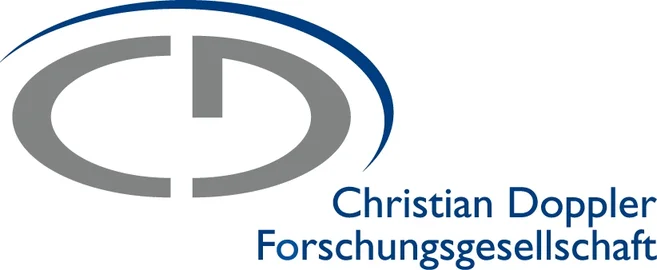Project Description
 |
Christian Doppler Laboratory on People and Object Surface Authentication (CDLPOSA) | ||||
|
Project Description: This Christian Doppler Laboratory is concerned with the recognition of humans (often termed biometric recognition) and the recognition of physical objects based on their (micro) surface structure using techniques from image processing, computer vision, and artificial intelligence. Financial support is provied by the companies Skidata (Part of Assa Abloy) and Gofore GmbH. Typically, biometrics is used to recognise different instances of humans (i.e. different individuals), for example for access control at sports stadiums or amusement park rides using face recognition in this project, while physical object recognition aims to e.g. distinguish between original and counterfeit branded products, i.e. also different instances of the same object are investigated. In this project, facial recognition must therefore be integrated into a multi-sensory, multi-face tracking system: In order to find the right balance between minimal computing power and decision-making delays on the one hand and maximum recognition accuracy on the other, various innovative approaches are being implemented and compared in the CD Laboratory. For research in the field of object recognition, on the other hand, a deliberately simpler setup is used with smartphone cameras: This should enable end users to verify whether a product is original or counterfeit - previous work showed that the strong smartphone model fingerprint caused by the massiv post-capture processing done in smartphones interferes with the weak surface signal used in object authentication. We will investigate and compare a set of original solutions to this problem gaining a deep understanding of the smartphone model fingerprint and inverting it. |
|||||
|
Members: |
|||||
|
Timeframe:
|
|||||
|
Publications: |
|||||
Multimedia Signal Processing and Security Lab |
Thursday, 23-Oct-2025 06:28:43 CEST |